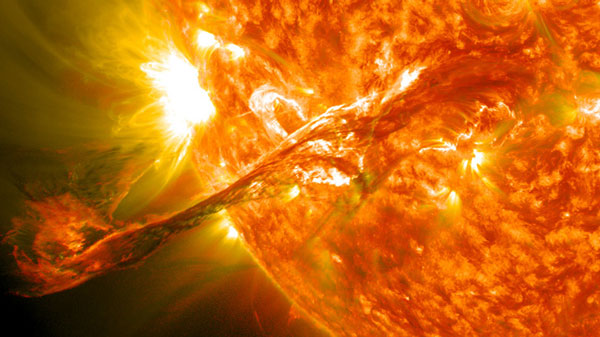The earliest sunrise of the year doesn't always occur on June 20th (the solstice), which has the longest day. Why?

The earliest sunrise actually depends partly on latitude. In 2004, for latitude 40° north, it was June 13th. For 50° north, the earliest sunrise was on June 16th. At 30° south, where the seasons are reversed, the earliest sunrise was on December 3rd.)
Looking back to 2004, part of the explanation is that on June 13th the Sun keeps mean clock time (very nearly), but on June 20th it “runs slow” by 2 minutes. During the course of a year, this discrepancy between the true and “mean” Sun produces the figure-8 pattern, or analemma, in a multiple-exposure photograph of the Sun taken at the same time of day on various dates (see the May 2004 issue, page 145).
Now think of the analemma rising. The first part of the left-leaning pattern to climb above the eastern horizon is not the northern tip, where the Sun is located on the solstice, but partway around the lobe where the Sun is located on June 13th. That’s why the Sun rises earliest on that day. This ingenious explanation is due to Claude R. Keith Jr.and Rex Stage (S&T: December 1988, page 676).
— Roger W. Sinnott
 0
0







Comments
You must be logged in to post a comment.